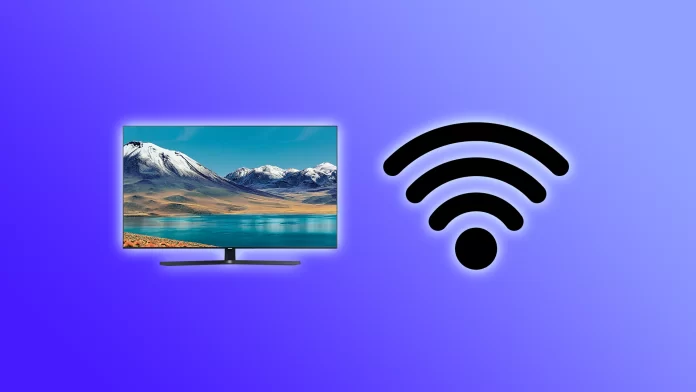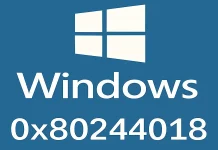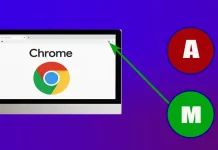It’s frustrating when your Samsung TV loses its WiFi connection, and this issue can manifest in different ways. Most commonly, after a long shutdown, the TV forgets the WiFi settings, requiring you to reconfigure the network connection. Another scenario is the WiFi dropping during viewing, causing the image to freeze, and only a reboot helps. In this article, I will explain why this happens and what solutions are available.
My Personal Experience with a Samsung TV
I own an older Samsung TV, and here’s what I experienced. It was connected to my router, which had a strong signal. Other devices like laptops, phones, and tablets worked flawlessly, but the TV frequently lost its connection. This could happen during viewing, freezing the image. Restarting the SmartHub resulted in no connection, and even after rebooting the TV, the network was still not configured. This situation would occur two or three times a day or sometimes every few days.
I tried using a different router, but the issue persisted. Frustrated, I connected the TV to the router using a cable, and it worked perfectly without any disconnections. Later, I switched to fiber optics and got a new router. Since the installation location had changed, I decided to try connecting the TV via WiFi again—and to my surprise, it worked without any issues. The WiFi connection has been stable for a couple of years now. After studying this problem, I’ve come to some conclusions.
Why Does the WiFi Connection on a Samsung TV Drop, and How Can You Diagnose the Issue?
Here are some possible reasons for WiFi connection problems on Samsung TVs:
- Module Malfunction: Samsung TVs are equipped with WiFi or WiFi + Bluetooth modules from various manufacturers. Sometimes, these modules can break. To check if this is the issue, put your smartphone in access point mode and connect your TV to it. If the problem persists, the TV’s WiFi module might be faulty. If the TV works fine, the issue is with your router or access point.
- Protocol Errors: This was the issue in my case. The WiFi chip in either the TV or the router contained protocol errors, which led to frequent disconnections. In my situation, the error was most likely in the TV’s WiFi module. Later, router manufacturers released new versions of chips that could work normally with these modules, resolving the issue.
- TV Software Errors: While rare, TV software errors can sometimes cause WiFi issues. However, these errors usually don’t lead to a complete loss of network settings. Rebooting the TV should restore the WiFi connection. If the problem persists, despite checking the TV’s WiFi module and the router, the TV itself may be faulty. In such cases, perform a full reboot, clear the memory cache, and disconnect the TV from the power supply for a few minutes.
- Unstable WiFi Signal: If the signal strength is weak, the TV may lose connection. However, it should reconnect automatically when the signal improves. In this case, the TV will not lose its WiFi settings.
Resetting Samsung TV WiFi Settings
If you don’t want to mess with all of your TV’s settings, since reconfiguring the TV and logging into all your apps can be a hassle, you can simply reset the network settings. Here’s how:
- Press the Home button on the remote control.
- Go to Settings > All Settings > Connection > Network > Reset Network.
This will reset only the network settings without affecting any other configurations.
Recommendations That Are Unlikely to Help
- Updating TV Software: This is unlikely to resolve the issue. The WiFi module has its own chip with communication protocols, and updating the TV’s operating system does not impact the WiFi chip.
- Changing DNS Settings: There’s no need to do this. DNS servers are automatically selected, and you don’t need to configure them manually.
- Rebooting the Router: If other devices in your house are working fine, rebooting the router won’t help.
- Contacting Support: You can contact support, but don’t expect much. The support team will likely follow a standard troubleshooting protocol, asking you to reboot the TV and update the software, and may eventually suggest repairs.





